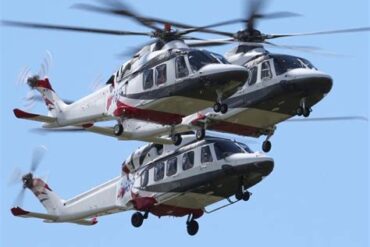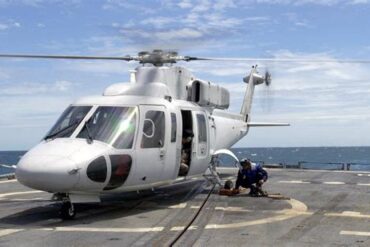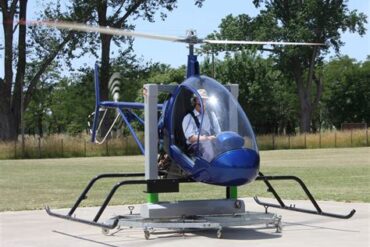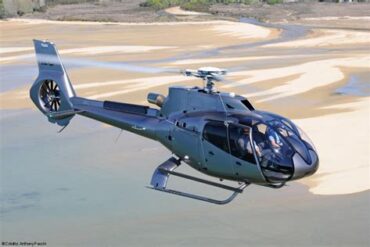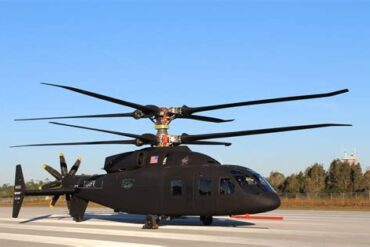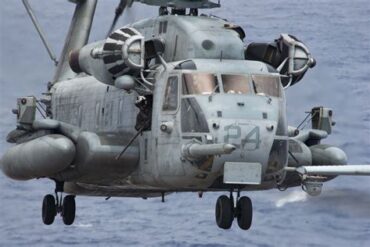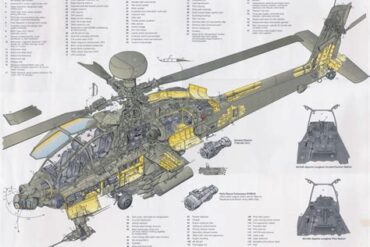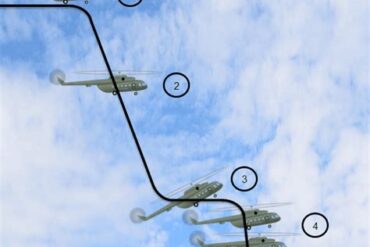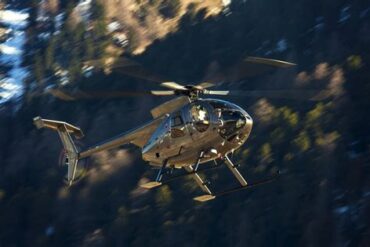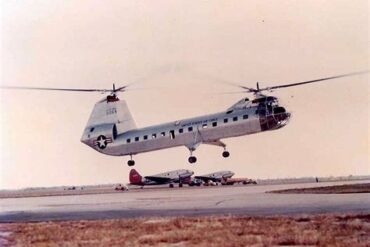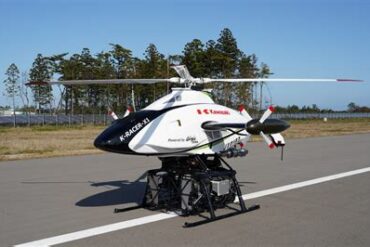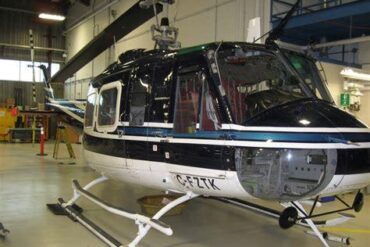Bell Helicopters have long been a cornerstone of the aviation industry, representing a legacy of innovation, reliability, and versatility. From their inception in the 1930s to their current position as a leader in rotorcraft design and manufacturing, Bell Helicopters have consistently set the standard for both military and civilian aircraft. This guide delves into the history, technology, and applications of Bell Helicopters, offering a comprehensive understanding of what makes these machines a preferred choice for a wide range of operations.
History of Bell Helicopters
The Early Years: Foundation and Innovation
Bell Helicopter was founded in 1935 by Lawrence D. Bell, initially as Bell Aircraft Corporation. The company started in Buffalo, New York, with a focus on designing fighter aircraft for the U.S. military. However, it was in the late 1940s that Bell made its significant mark on the aviation world with the development of the Bell Model 47, the first helicopter certified for civilian use in 1946. This model was a groundbreaking achievement, marking the beginning of Bell’s dominance in the rotorcraft industry.
The Model 47’s success paved the way for Bell to further innovate in helicopter technology. With a commitment to research and development, Bell Helicopter continued to evolve its designs, leading to the creation of several iconic helicopters that have served in both military and civilian capacities.
Expansion and Global Impact
By the 1950s and 1960s, Bell had expanded its operations globally, producing helicopters that were not only used by the U.S. military but also by allied forces and civilian operators worldwide. The Bell UH-1 Iroquois, commonly known as the “Huey,” became one of the most recognizable helicopters in history, particularly due to its extensive use during the Vietnam War. The Huey was renowned for its versatility, capable of performing a wide range of missions, including troop transport, medical evacuation, and close air support.
Bell Helicopter’s commitment to innovation and reliability during this period established the company as a global leader in helicopter manufacturing. The helicopters produced during this time laid the groundwork for Bell’s future success and continued influence in the aviation industry.
Technological Innovations and Advancements
Rotor Systems and Aerodynamics
One of the key areas where Bell Helicopters have consistently excelled is in rotor system design. The company’s innovations in rotor technology have resulted in helicopters that offer superior performance, stability, and maneuverability. Bell’s development of the two-bladed semi-rigid rotor system was a significant advancement, allowing for smoother flight characteristics and easier maintenance compared to earlier designs.
In addition to rotor systems, Bell has also made significant contributions to the field of helicopter aerodynamics. The use of advanced materials, such as composites, has reduced weight while increasing durability and performance. These technological advancements have enabled Bell helicopters to operate in a wide range of environments, from arctic conditions to desert heat, with exceptional reliability.
Avionics and Flight Control Systems
Bell Helicopters have also been at the forefront of avionics and flight control system innovation. Modern Bell helicopters are equipped with state-of-the-art glass cockpit systems, providing pilots with enhanced situational awareness and ease of operation. These systems integrate advanced navigation, communication, and flight management technologies, ensuring that Bell helicopters meet the highest standards of safety and efficiency.
The introduction of fly-by-wire systems in certain models has further enhanced flight precision and reduced pilot workload. These systems replace traditional mechanical control linkages with electronic interfaces, offering more responsive and accurate control inputs. Bell’s commitment to incorporating the latest avionics technology into its helicopters ensures that they remain at the cutting edge of aviation innovation.
Applications of Bell Helicopters
Military Use
Bell Helicopters have a long history of military service, providing critical support in various combat and non-combat operations. The Bell AH-1 Cobra, introduced in the 1960s, was the world’s first dedicated attack helicopter and has served as a model for subsequent designs. The AH-1’s ability to provide close air support, combined with its speed and agility, made it a formidable asset on the battlefield.
The Bell V-22 Osprey, a tiltrotor aircraft developed in partnership with Boeing, represents another significant milestone in Bell’s military offerings. The V-22 combines the vertical takeoff and landing capabilities of a helicopter with the speed and range of a fixed-wing aircraft, making it an invaluable asset for military operations that require rapid deployment and flexibility.
In addition to combat roles, Bell helicopters have been extensively used in logistical support, reconnaissance, search and rescue, and medical evacuation missions. The adaptability of Bell’s designs has made them a preferred choice for military forces around the world.
Civilian Use
Beyond military applications, Bell Helicopters have also found widespread use in civilian sectors. The Bell 206 JetRanger is one of the most popular civilian helicopters ever produced, known for its reliability, efficiency, and ease of operation. It has been widely used in a variety of roles, including corporate transportation, emergency medical services (EMS), law enforcement, and aerial photography.
The Bell 429 GlobalRanger represents the next generation of civilian helicopters, offering enhanced performance, safety, and versatility. With a spacious cabin and advanced avionics, the Bell 429 is well-suited for corporate transport, air ambulance services, and other critical missions that require a combination of speed, range, and operational flexibility.
Search and Rescue Operations
Bell helicopters have become synonymous with search and rescue (SAR) operations due to their reliability, range, and versatility. Models like the Bell 412 have been extensively used by SAR teams worldwide, providing the capability to reach remote and hazardous locations. The combination of powerful engines, robust construction, and advanced avionics makes Bell helicopters ideal for these life-saving missions, where performance and reliability are paramount.
Emergency Medical Services
The agility, speed, and range of Bell helicopters make them an indispensable tool for emergency medical services (EMS). The Bell 429 and Bell 407 models are particularly popular in this field, offering quick response times, smooth flight characteristics, and the ability to operate in a variety of environments. The spacious interiors of these helicopters allow for the necessary medical equipment and personnel to be onboard, enabling rapid and effective medical intervention in critical situations.
Future of Bell Helicopters
Innovations on the Horizon
Bell Helicopters continues to push the boundaries of aviation technology. The company is currently working on the Bell V-280 Valor, a next-generation tiltrotor designed to replace the aging fleet of Black Hawk helicopters. The V-280 promises to deliver enhanced speed, range, and payload capacity, positioning Bell at the forefront of future military aviation.
Bell is also investing in the development of urban air mobility (UAM) solutions, with concepts like the Bell Nexus, an electric vertical takeoff and landing (eVTOL) aircraft designed for urban environments. These innovations demonstrate Bell’s commitment to remaining a leader in the rapidly evolving aerospace industry.
Sustainability and Environmental Impact
As environmental concerns become increasingly important in the aviation industry, Bell Helicopters is taking steps to reduce the environmental impact of its products. The development of more fuel-efficient engines, the use of sustainable materials, and the exploration of electric propulsion systems are all part of Bell’s strategy to create more environmentally friendly rotorcraft.
The company is also focused on reducing the noise footprint of its helicopters, an important factor for operations in urban areas. Innovations in rotor design and flight control systems are being implemented to minimize noise pollution, making Bell helicopters more compatible with future urban air mobility needs.
Conclusion
Bell Helicopters have played a pivotal role in shaping the modern aviation landscape. From their early innovations in rotorcraft design to their current focus on advanced military and civilian aircraft, Bell has consistently demonstrated a commitment to excellence and innovation. As the company looks to the future, it is poised to continue leading the industry with new technologies that will define the next generation of flight.
Whether in military combat, emergency medical services, or urban air mobility, Bell Helicopters will remain a key player in the aviation industry, offering reliable, versatile, and advanced solutions for a wide range of applications.


